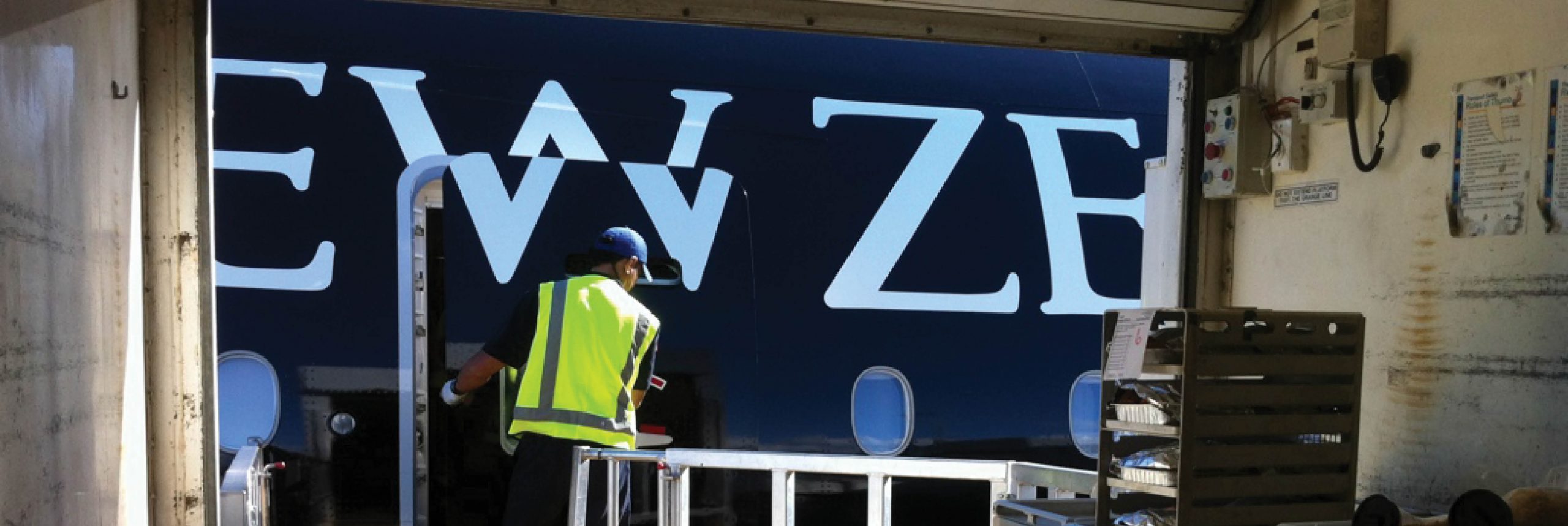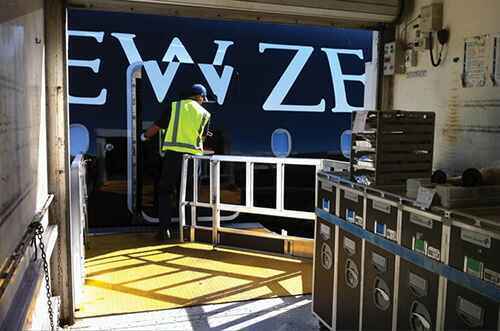Complete breakdown of waste profile of Air New Zealand customers
Key findings from this section include the waste profiles, broken down by passengers, class, aircraft and long-haul network. Comparative impacts of these are assessed by weight, fuel burn and relevant environmental indicators.

Facilities review
Catering, wash, waste and assembly facilities that process Air New Zealand’s long haul network were observed at Auckland, Los Angelas, Narita and Hong Kong, with other facilities at Hong Kong was also visited. Key differences, and issues of alignment, were identified.



Trade-off issues
A streamlined Life-Cycle Analysis (LCA) for a number of items was undertaken. The LCA allowed the comparison of the product’s manufacture, use and disposal across 5 common environmental indicators.





